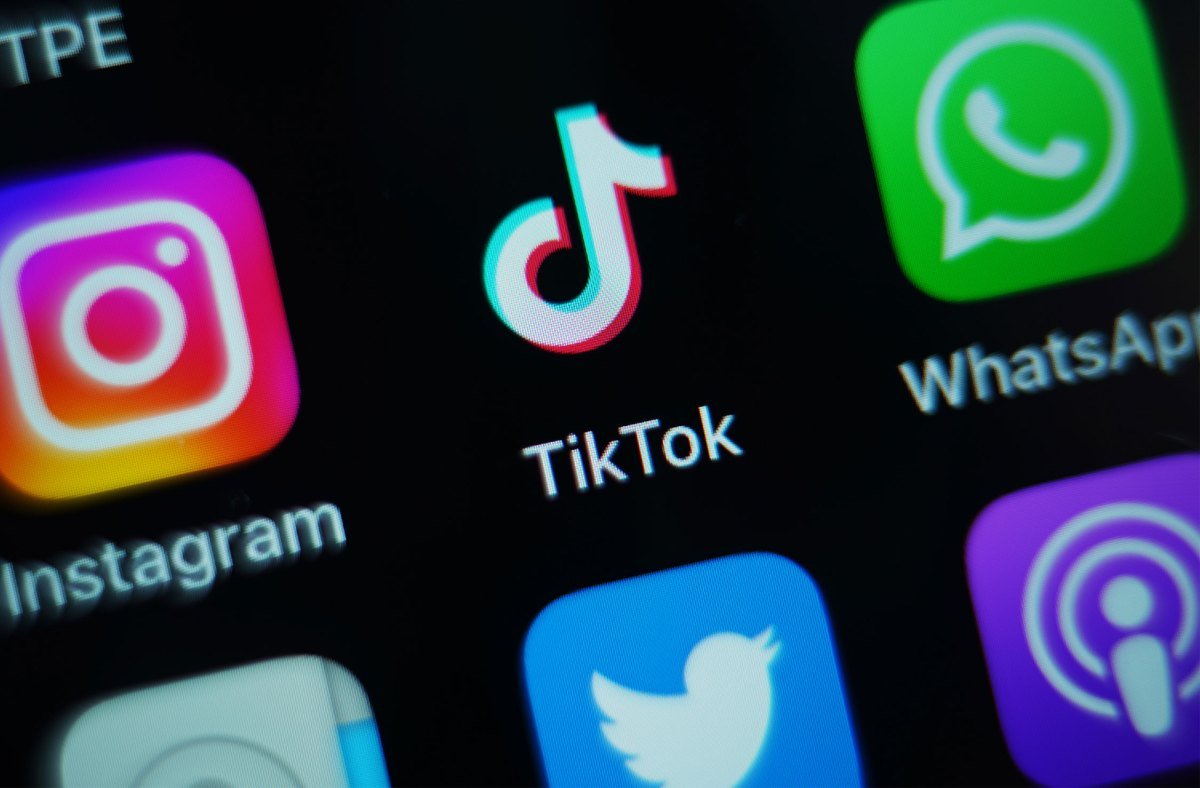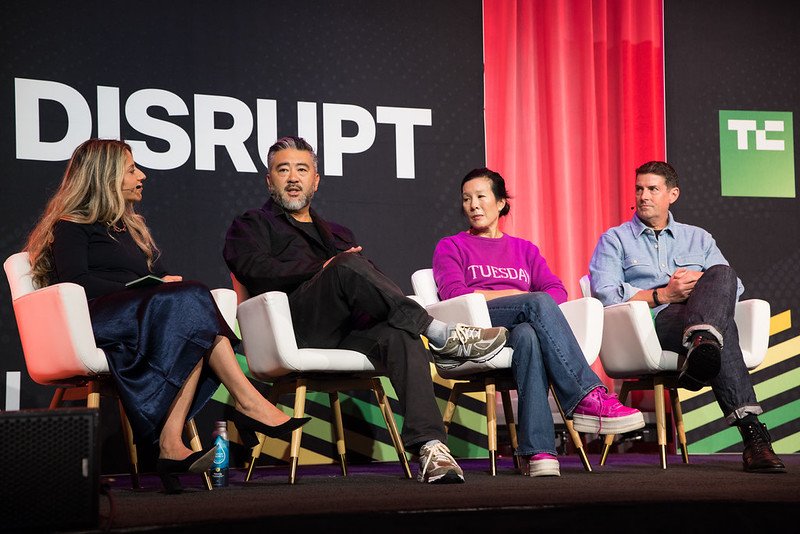Google and Accel Unite to Propel India’s AI Startup Landscape
In a groundbreaking collaboration, Google partners with Accel to discover and finance India’s early-stage AI startups through the Google AI Futures Fund, initiated earlier this year.
Strategic Investment Initiative Unveiled
On Tuesday, Google and Accel announced a partnership that aims to invest up to $2 million in select startups via Accel’s Atoms program, with each party contributing $1 million. The 2026 cohort will specifically target founders in India and the Indian diaspora focused on building AI solutions from day one.
A Vision for AI Development in India
“Our goal is to create AI products that benefit billions of Indians, as well as to empower AI innovations developed in India for the global market,” said Prayank Swaroop, a partner at Accel.
India: A Promising Yet Untapped Market
Boasting the world’s second-largest internet and smartphone user base, India presents immense potential. However, it has yet to produce many companies that challenge the technical limits of AI, with development largely centered in the U.S. and China.
Shifting Dynamics in AI Investment
Recent corporate expansions by giants like OpenAI and Anthropic, along with increasing commitments from global investors, signify a shift. With an expansive mobile-first population and growing cloud infrastructure, India may become a significant player in the AI market if its ecosystem integrates talent and demand into innovative research and products.
Investment Areas and Future Outlook
Swaroop emphasized that investment opportunities could span various domains including creativity, entertainment, coding, and work applications. The firms aim to pinpoint fields where large language models are set to advance over the next 12-24 months, seeking Indian startups innovating in those areas.
Comprehensive Support for Founders
Founders participating in the program will gain access to up to $350,000 in compute credits on Google Cloud, along with early access to cutting-edge models and experimental features from Gemini and DeepMind. Additional support includes collaboration opportunities with Google Labs’ and DeepMind’s research teams, monthly mentorship from Accel partners, and marketing assistance through both companies’ global channels.
The Future of AI Innovation in India
“India has an extraordinary track record of innovation, and we believe its founders will lead the next wave of AI-driven global technology,” stated Jonathan Silber, co-founder and director of the Google AI Futures Fund. “This partnership marks the Fund’s first collaboration of its kind globally, emphasizing our commitment to India’s digital transformation journey.”
Building on Previous Investments
This partnership follows Google’s ambitious $15 billion plan announced to develop a 1-gigawatt data center and AI hub in India, coupled with a $10 billion digitization fund launched in 2020.
A Commitment to Founder Independence
Silber clarified that while Google will have a presence on the cap tables of funded startups, the partnership is not geared towards sales or future acquisitions, but rather focuses on fostering innovation in the AI sector emerging from India.
No Exclusive Ties to Google Products
Swaroop and Silber confirmed there are no restrictions requiring startups to exclusively utilize Google products. “We recognize that other technologies may also be the best fit. Our objective is to establish unique integrations leveraging Google AI technology,” Silber added.
Accelerating Early-Stage Innovation
Accel’s Atoms platform, which launched in 2021, has already supported over 40 companies that raised more than $300 million in follow-on funding. The program has recently expanded to include Indian-origin founders abroad.
Collaboration with Prosus
This new initiative comes on the heels of Accel’s recent partnership with Prosus to co-invest in early-stage Indian startups that aim to create large-scale solutions for the masses.
Focused on Innovation, Not Sales
Silber made it clear that the partnership is not about acquiring new cloud customers but is aimed at facilitating the next wave of AI innovation emerging from India.
Sure! Here are five FAQs based on the collaboration between Google and Accel to identify emerging AI startups in India:
FAQ 1: What is the purpose of the partnership between Google and Accel?
Answer: The partnership aims to identify and support promising AI startups in India. By leveraging Google’s expertise in AI and Accel’s investment acumen, the collaboration seeks to nurture innovative technologies and solutions emerging from the region.
FAQ 2: How will the selected AI startups benefit from this initiative?
Answer: Startups chosen through this initiative will receive mentorship from Google’s technical teams, access to Google Cloud resources, and potential funding from Accel. This support is designed to help them scale their solutions and accelerate their growth paths.
FAQ 3: What criteria will be used to evaluate potential AI startups?
Answer: The evaluation will focus on factors such as innovation in AI technology, market potential, the founding team’s experience, and the uniqueness of the startup’s product or service. Startups that address significant market needs or challenges will be prioritized.
FAQ 4: How can startups apply for this opportunity?
Answer: Startups interested in this initiative can typically apply through a dedicated website or portal set up by Google and Accel. Specific instructions and requirements will be provided to ensure a smooth application process.
FAQ 5: Why is India an attractive market for AI startups?
Answer: India is viewed as a prime hub for AI innovation due to its large pool of tech talent, diverse user base, and rapidly growing digital economy. The country’s unique challenges and opportunities present a fertile ground for innovative AI solutions tailored to local needs and beyond.










